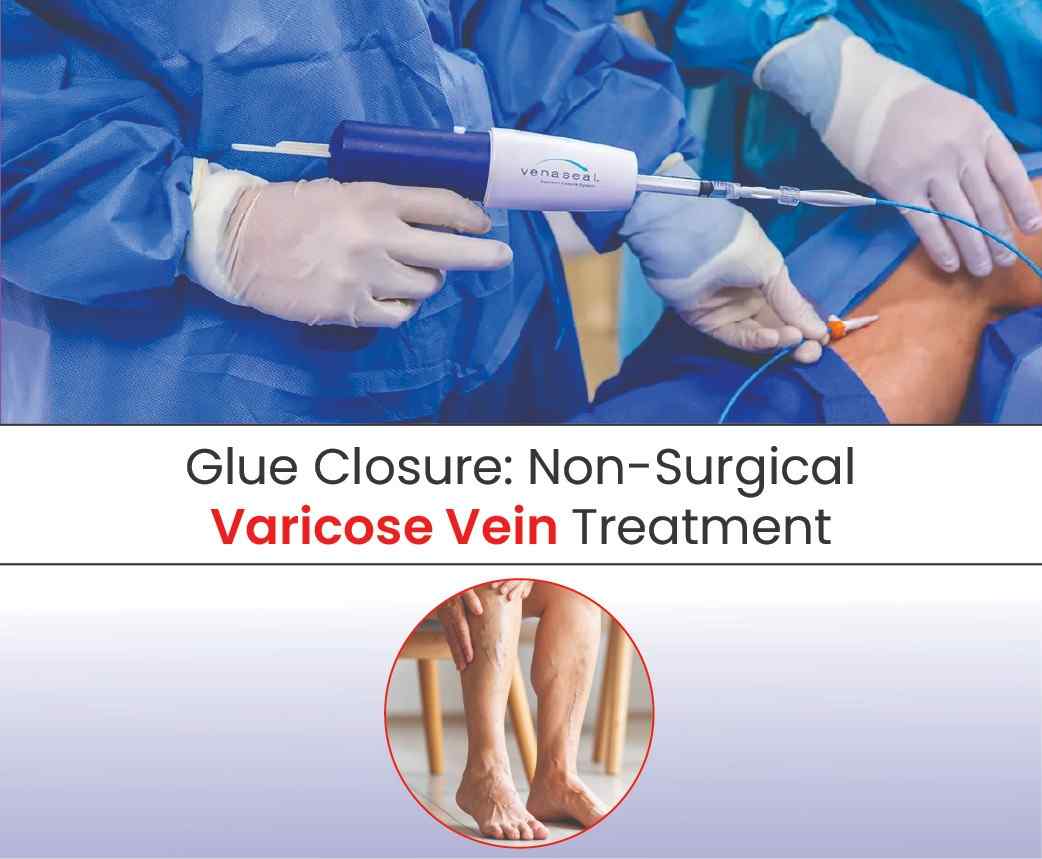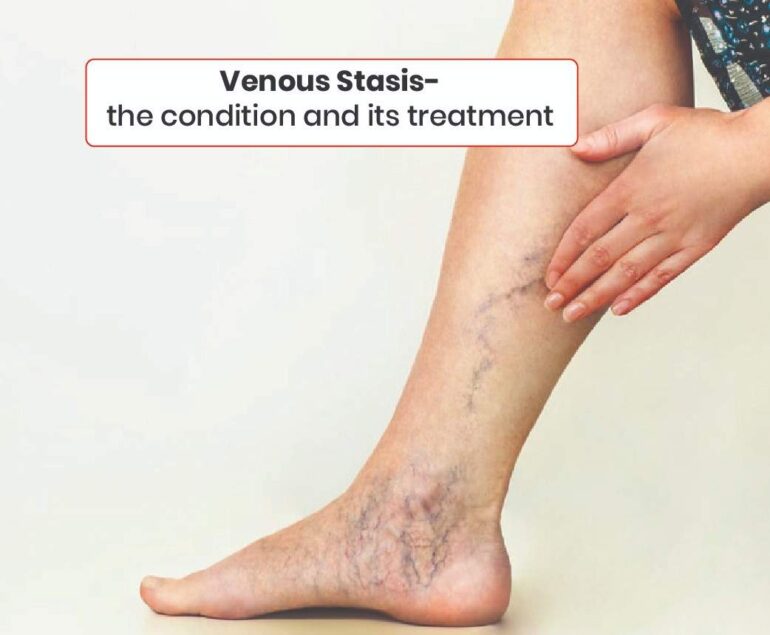Varicose veins are a common condition affecting millions worldwide. Characterised by bulging, twisted veins—typically in the legs—they result from faulty valves that allow blood to pool, leading to heaviness, pain, and swelling. While traditional treatments often involved surgery or heat-based procedures, today’s patients can benefit from a modern, non-surgical alternative: glue-based vein closure.
This revolutionary treatment, widely known by its brand name VenaSeal®, uses a medical adhesive to close off problem veins—offering a fast, minimally invasive, and virtually painless option for relief.
What is Glue-Based Closure?
Glue-based closure is a non-thermal, non-tumescent endovenous procedure that treats varicose veins by sealing them shut with a medical-grade adhesive. The body then naturally reroutes blood flow to healthy veins, and the sealed vein is gradually absorbed over time.
The most widely used and FDA-approved system for this technique is VenaSeal®, which uses a specially formulated cyanoacrylate glue — a type of bio-compatible adhesive also used in medical wound closures.
Step-by-Step: How the Procedure Works
- Ultrasound Mapping
The vein specialist begins by using ultrasound imaging to locate the affected vein and plan the precise treatment path. - Catheter Insertion
A small catheter (a thin, flexible tube) is inserted into the vein through a tiny puncture in the skin. No large incisions or stitches are needed. - Adhesive Delivery
The medical glue is gently delivered into the vein through the catheter in precise doses. Manual compression is applied at intervals to ensure the vein walls adhere together. - Sealing the Vein
As the adhesive sets, the vein is sealed shut permanently. The catheter is removed, and a small bandage is applied. That’s it—no general anaesthesia, no surgical recovery.
Why Patients Choose Glue-Based Closure
- No Heat, No Nerve Damage
Unlike laser or radiofrequency ablation, this method doesn’t involve heat, eliminating the risk of thermal injury to surrounding nerves or tissues. - No Tumescent Anaesthesia Required
Traditional methods involve multiple injections of local anaesthetic around the vein. Glue closure avoids this altogether, making the experience much more comfortable. - No Compression Stockings for Most
Many patients don’t need to wear compression garments post-procedure—making it especially appealing in warm climates or for busy lifestyles. - Minimal Downtime
Most people walk out of the clinic and return to normal activities the same day. - Excellent Cosmetic Results
With no scarring, bruising, or pigmentation, patients enjoy clear skin and confidence in their appearance.
Who is It For?
Glue-based closure is ideal for individuals with chronic venous insufficiency or visible varicose veins who want a non-surgical, low-risk option. It’s particularly suitable for patients with low pain tolerance, active lifestyles, or concerns about scarring. However, proper ultrasound evaluation and consultation with a vein specialist are essential to determine candidacy.
Conclusion
Glue-based vein closure is a groundbreaking option in the field of varicose vein treatment. With minimal discomfort, no downtime, and lasting results, it’s helping people reclaim their comfort and confidence—without surgery.
If you’re ready to explore a safe, simple, and effective way to treat varicose veins, talk to a certified vein specialist about whether glue-based closure like VenaSeal® is right for you.




